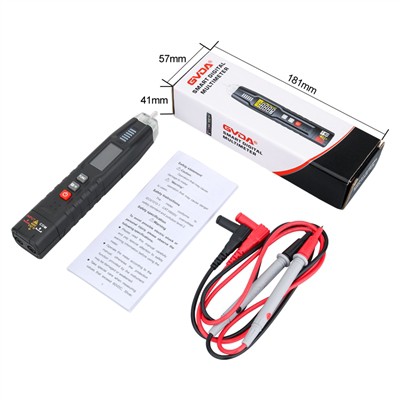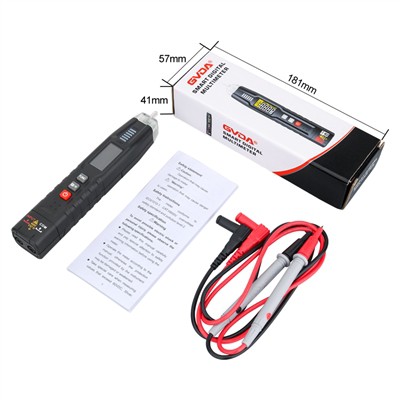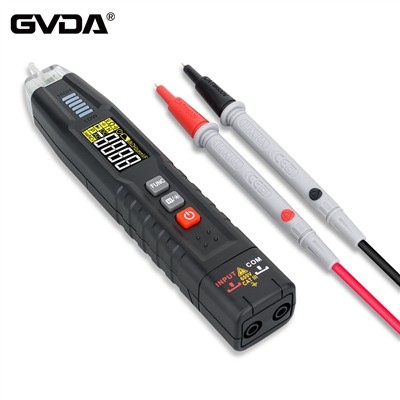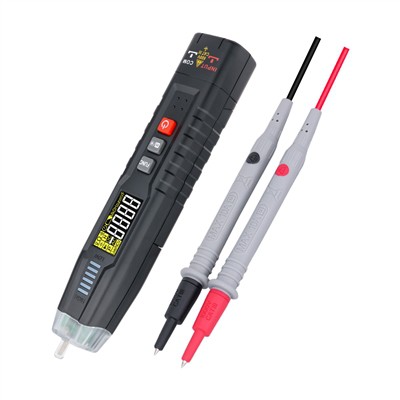What is the difference between an analog multimeter and a digital multimeter
A multimeter is an electrical measuring instrument used to measure electrical parameters such as voltage, current, and resistance. Not all multimeters are the same, and different multimeters vary in size, precision, accuracy, and measurement parameters. Multimeters are mainly used by electricians, engineering students and hobbyists to troubleshoot electrical equipment and circuits. There are two main types of multimeters, namely analog multimeters and digital multimeters.
Analog Multimeter
Analog multimeters are the oldest of the multimeters. It has a needle that rotates along the scale, but it is difficult to read. The advantage is that it is cheap and responsive. Analog multimeters are more sensitive than digital multimeters and can sense even small changes in readings.
An analog multimeter is made of a coil placed between two permanent magnets, with a needle placed on top of the coil. When current is passed through the coil, the coil generates a magnetic field that interacts with the magnetic field of the permanent magnet, thus rotating. As the coil rotates, the pointer moves along the scale. The angle of rotation of the coil depends on the amount of current flowing through the coil. So an analog multimeter is also called a galvanometer, which has very little resistance and is therefore more sensitive than a digital multimeter. But be careful to avoid full scale deflection (FSD). When the current goes beyond the deflection of the coil, it starts to burn the coil, causing damage to the meter.
digital multimeter
A digital multimeter refers to a meter that can measure various parameters and display them on an LCD screen. Unlike analog multimeters, digital multimeters display digital calculations, making it easier to read measurement results. But the flip side of this advantage is that the analog multimeter can display the reading without any calculations, so it has a fast response time.
Digital multimeters have an LCD, a rotary dial, and multiple ports. The dial includes internal circuitry, which is connected by a concentric ring. Dial knobs are used to activate circuits for specific measurements. Digital multimeters have a built-in microprocessor to calculate readings. However, the input voltage or current is in analog form. Therefore, an ADC (analog to digital converter) is included to convert the reading and display it on the LCD screen. Unlike the pointer scale on analog multimeters, the LCD makes measurements easy to read. Plus, the DMM has overload protection when measurements are out of range







